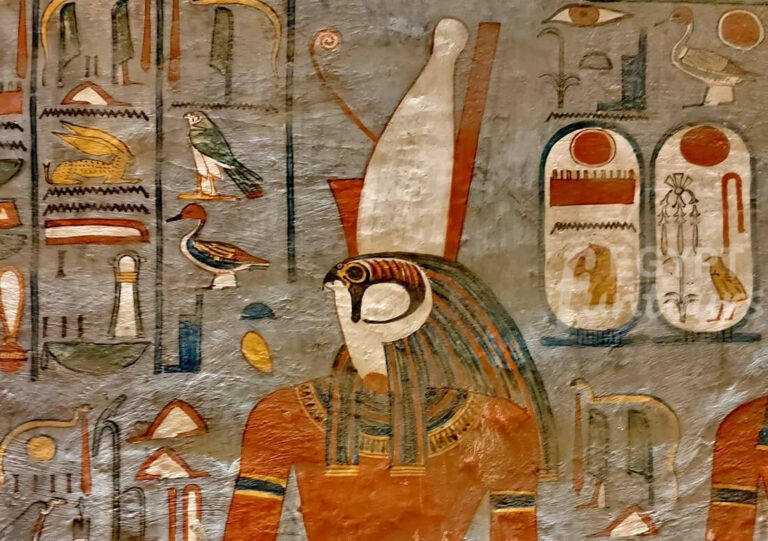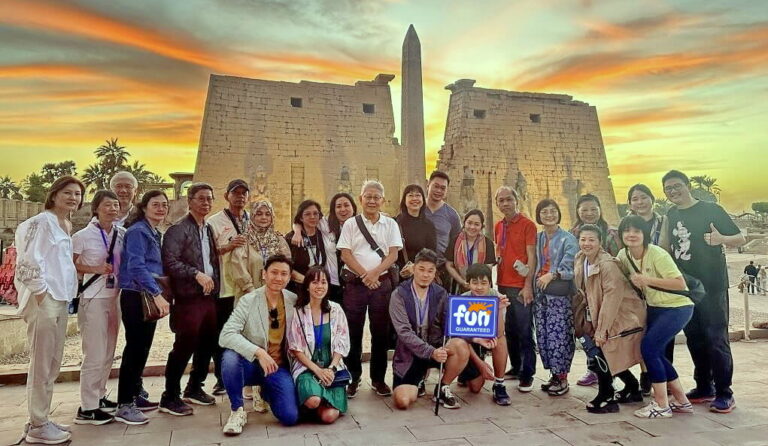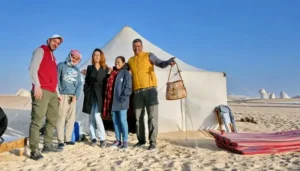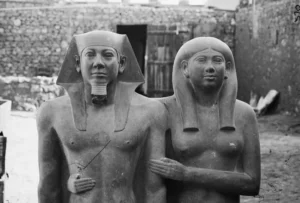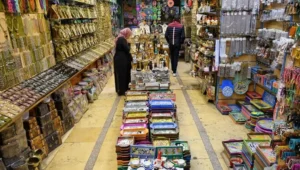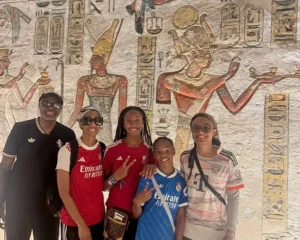You’ve heard of the Valley of the Kings, where pharaohs built golden tombs to navigate the afterlife. But what about the powerful officials who actually ran the empire?
Welcome to the Tombs of the Nobles, the most overlooked and most rewarding “hidden gem” on the Luxor West Bank.
This is not a single, grand valley. It’s a vast, sprawling necropolis of hundreds of tombs carved into the cliffs of Thebes (ancient Luxor). These are the final resting places of the “VIPs” of ancient Egypt: the viziers, governors, priests, and high-ranking officials who were the “middle-class” millionaires of their day.
And they saved their very best work for their own tombs.




